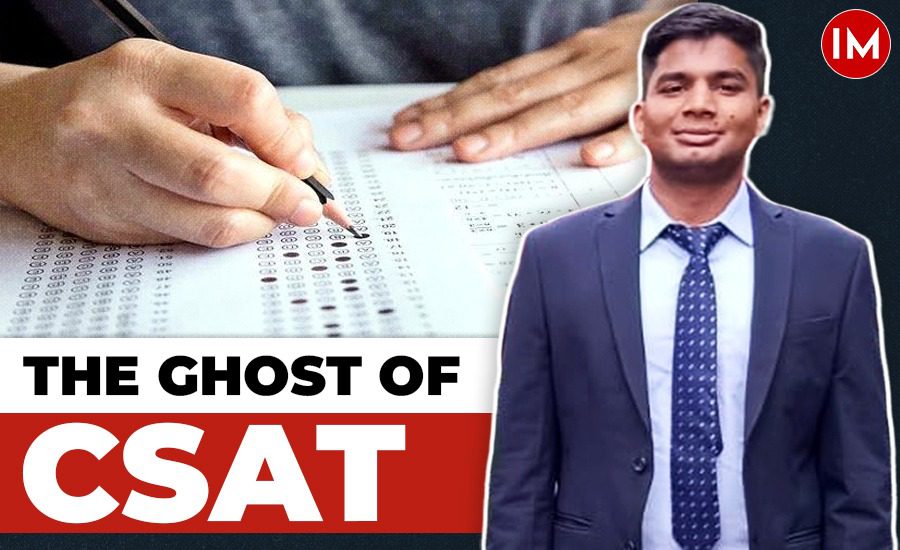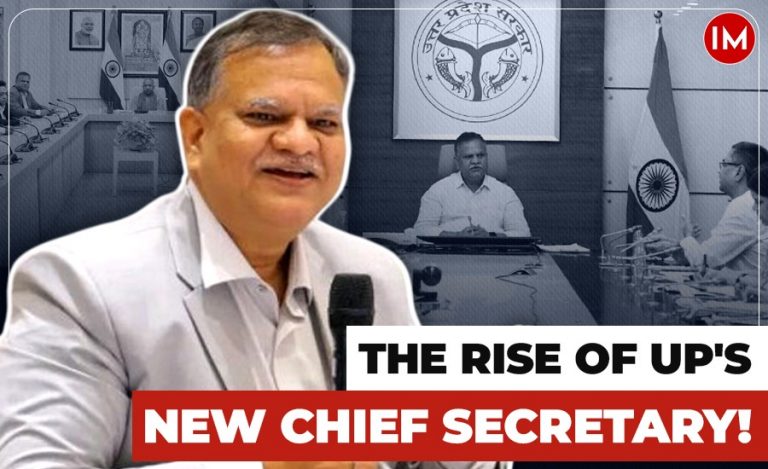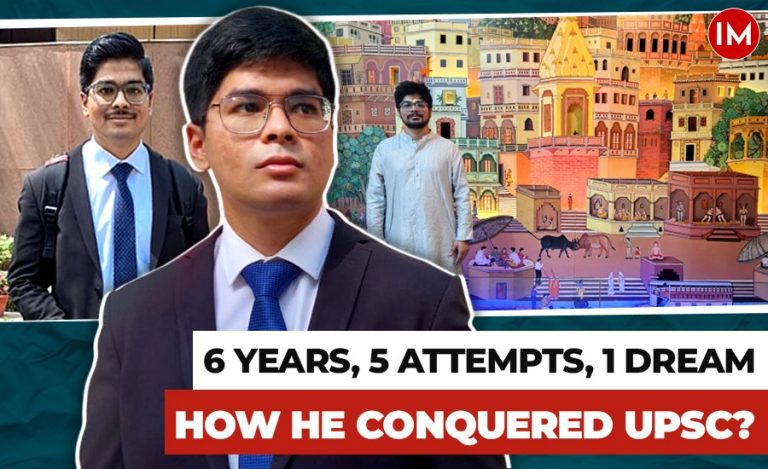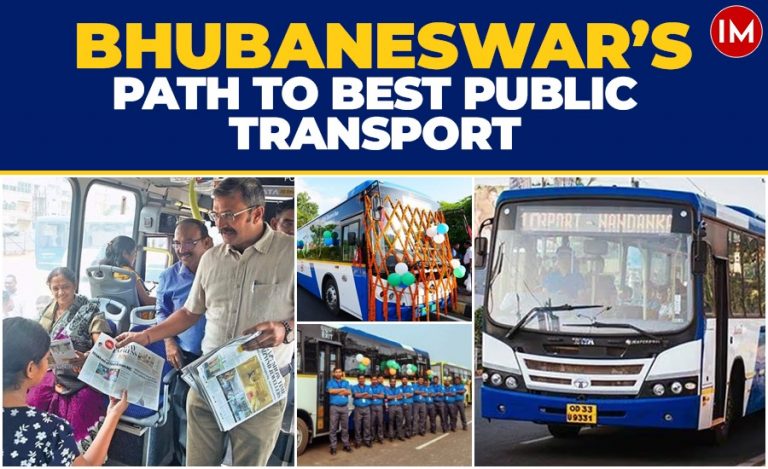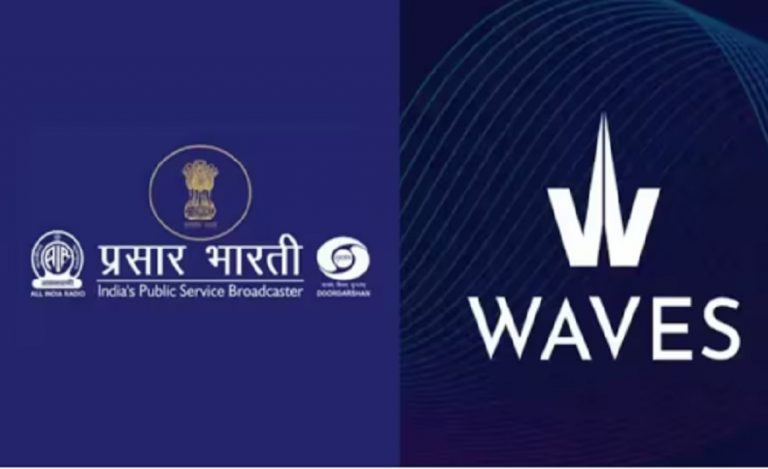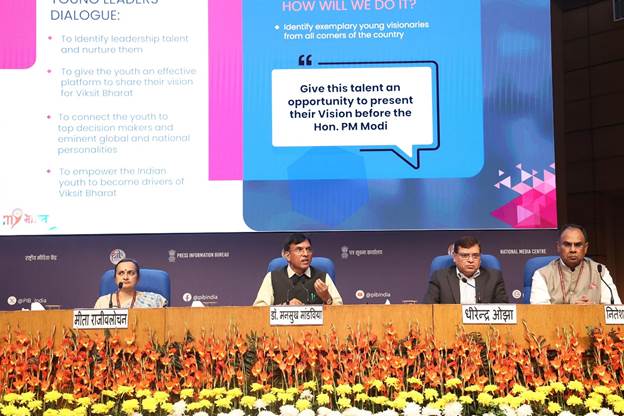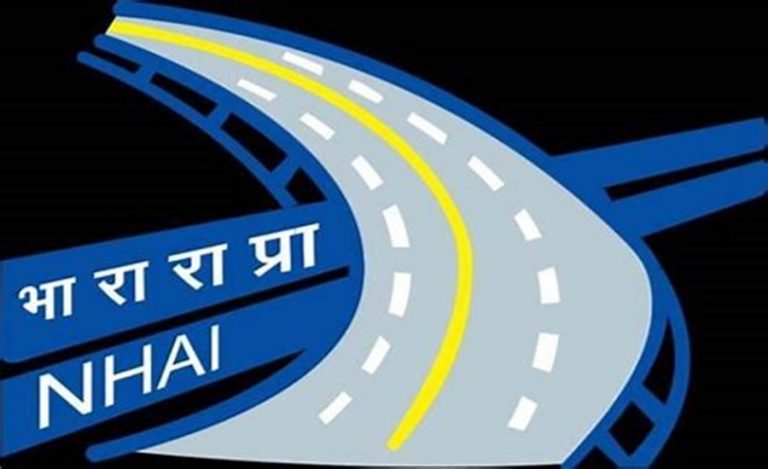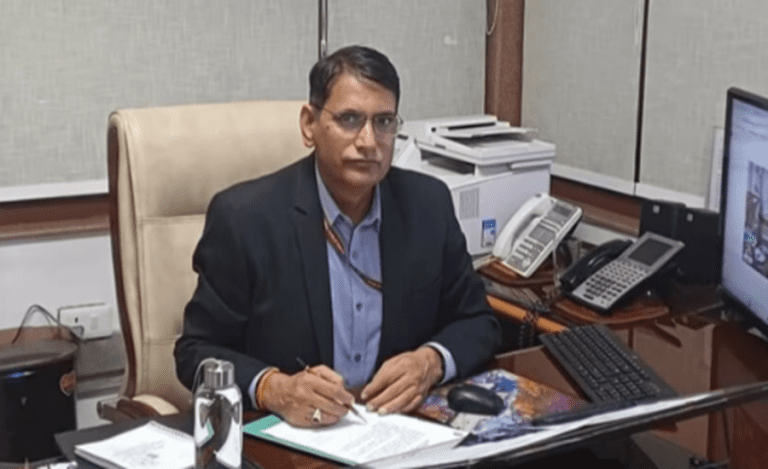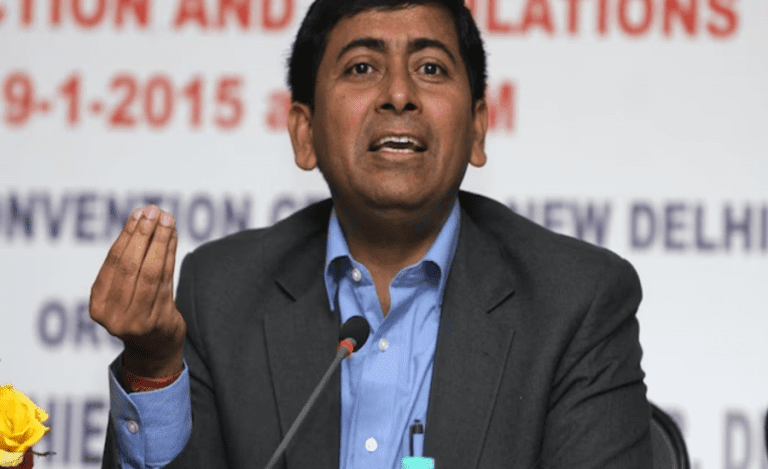In the intricate journey towards UPSC success, Karmveer Narwadia, a Hindi medium aspirant from Rajasthan, deviated from the conventional narrative. While many aspirants concentrated diligently on General Studies and Mains preparation, Karmveer encountered an unexpected challenge: the CSAT exam. Despite consistently performing well in GS and approaching the cutoff, CSAT emerged as a formidable obstacle, overshadowing his aspirations year after year.
Undeterred by setbacks, Karmveer realized the critical importance of CSAT after his second attempt. He redirected his focus, dedicating months to mastering its intricacies. His determination bore fruit when he finally overcame this obstacle, paving the way for a smoother path toward his UPSC ambitions.
In an exclusive conversation with Indian Masterminds, Karmveer candidly shared his journey – a tribute to resilience and strategic adaptation in the face of adversity. His breakthrough not only secured him a place in the prestigious UPSC CSE exam in 2023 but also marked a significant triumph in conquering the CSAT challenge.
GETTING RID OF THE MONKEY ON HIS BACK
As he is taking the UPSC CSE again this year to improve his rank, he performed very well in the prelims conducted on 16th June. According to him, he did very well in CSAT, which was easier compared to last year. His experience underscores the invaluable lesson that every aspect of preparation deserves meticulous attention, ensuring a well-rounded approach to achieving one’s UPSC goals.
Karmveer embarked on his UPSC journey in 2020, following his engineering studies, with a determined spirit to conquer the civil services examination. However, early on, a formidable challenge emerged in the form of the CSAT exam, proving to be a persistent obstacle.
In both his initial attempts in 2021 and 2022, he showcased his proficiency in the General Studies paper, achieving commendable scores. Yet, despite his solid performance in GS, CSAT remained elusive, thwarting his aspirations.
Undeterred by setbacks, he intensified his preparation strategy, recognizing the pivotal role CSAT played in his overall success. In 2023, his perseverance and strategic adjustments bore fruit when he not only cleared the prelims but excelled in the CSAT as well. This breakthrough propelled him forward, culminating in a remarkable achievement – an impressive rank of 954 in the UPSC CSE exam.
THE GHOST OF CSAT
We can call it the ghost of CSAT, as Karmveer agrees. He was scoring well in paper 1 (GS), often surpassing the cutoff by 20 or 25 marks. However, CSAT proved to be his downfall. He attributes this to both the timing of the exam in the hot summer and his background as a Hindi medium student. He also believes that inadequate practice for CSAT was a major factor in his setback. The scorching heat during the mid-June prelims in North India further exacerbated his difficulties. The exam being held in the afternoon shift made it harder for him to concentrate due to the extreme weather conditions.
To overcome these challenges, he tackled Previous Year Questions (PYQs) extensively. Additionally, he practiced numerous CSAT papers under simulated exam conditions, joining a test series to meticulously review and learn from every mistake. Karmveer identified mathematics and reasoning as his weak points and intensified his practice in these areas.
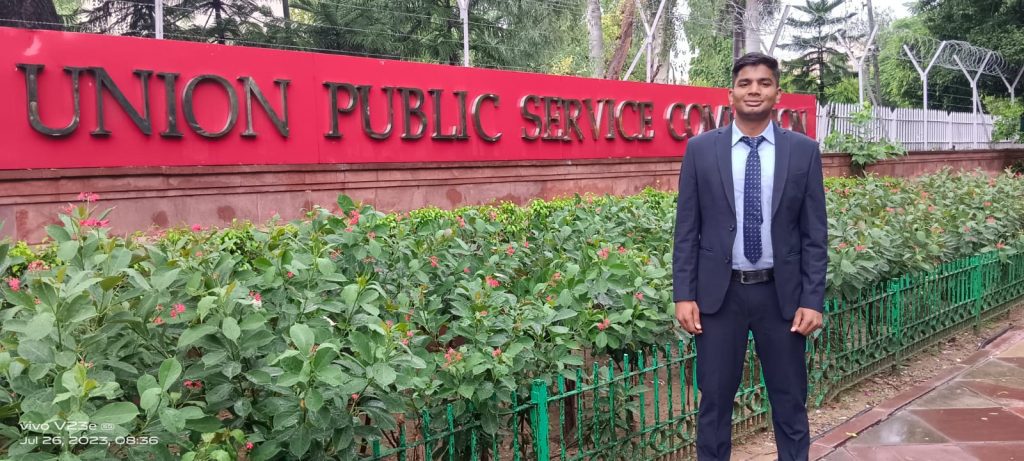
HINDI MEDIUM
Karmveer elaborates that one of the biggest challenges for Hindi medium aspirants is their tendency to lack resilience in confronting their fears. For example, if they struggle with Mathematics, they often contemplate abandoning that subject and focusing solely on others, believing they can still succeed without mastering Mathematics. According to him, this approach is fundamentally flawed.
Another significant issue he highlights is the over-reliance on teachers, with aspirants sometimes viewing them as infallible authorities. There is a common misconception that everything taught by teachers will directly appear in the exam. He emphasizes, “However, UPSC does not operate in that manner; the commission evaluates candidates comprehensively, assessing both factual knowledge and analytical abilities.”
He further points out that the dearth of quality study materials in Hindi poses yet another challenge. Comprehensive notes are not readily available, and unlike in English, there is a lack of esteemed newspapers like The Hindu or The Indian Express in Hindi. This makes daily newspaper reading, a crucial aspect of UPSC preparation, difficult without sufficient Hindi resources.
These insights underscore the multifaceted challenges faced by Hindi medium aspirants in their UPSC journey.
BACKGROUND
He hails from Jhunjhunu, Rajasthan. His father retired from the Indian Army, while his mother is a housewife. He has four sisters.
He completed his basic education up to 12th grade in his hometown. Subsequently, he pursued a B.Tech degree from NIT Kurukshetra, Haryana.
UPSC & INTERVIEW
His preparation was primarily self-study, supplemented by strong support from friends and peer groups. He emphasized that while consistent individual study is beneficial, discussing topics with fellow aspirants proves even more helpful. According to him, each member of their group had their own areas of expertise, which they leveraged collectively. The person most knowledgeable in a particular subject would take the lead in guiding others, forming their strategy for both prelims and mains based on their combined strengths.
Karmveer highlighted, “My preparation was greatly enhanced by the support of my fellow friends who were also preparing for the exam. We collaborated closely and strategized effectively. For instance, my strong understanding of economics allowed me to contribute significantly in that area.”
He added, “Connecting with fellow Hindi medium aspirants can be challenging due to their limited numbers and diverse backgrounds, especially those from smaller towns. This diversity sometimes makes it difficult to effectively communicate and express oneself.”
His interview stood out because he was questioned less on his Detailed Application Form (DAF) and more on topics such as Indian and American economics, demographic dividends, and geography. Additionally, the discussion included questions about the escalating pollution in India and potential solutions. One board member posed an intriguing question regarding pollution.
The member queried whether India’s reputation is being tarnished in the eyes of the Western media due to pollution, particularly the increasing pollution in Delhi. They asked what measures should be taken to address this issue. In response, he acknowledged that India, as a developing country, faces numerous challenges, including pollution. However, he highlighted that India has set climate goals and is actively pursuing them, as confirmed by major climate reports. Despite the negative impact of rising air pollution in Delhi on India’s image, the Western media recognizes India’s substantial efforts to combat climate issues. He emphasized India’s leadership in renewable energy advancements.
MESSAGE
In his message to the aspirants, he emphasized, “This journey revolves around self-confidence, consistency, and dedication towards your goals. Have faith in yourself and maintain your studies. Believe me, one day you will succeed.”
He also advised, “If you identify any issues, address them directly. Don’t hesitate. Work on improving your foundational skills, such as writing, speed, and understanding of the exams.”

